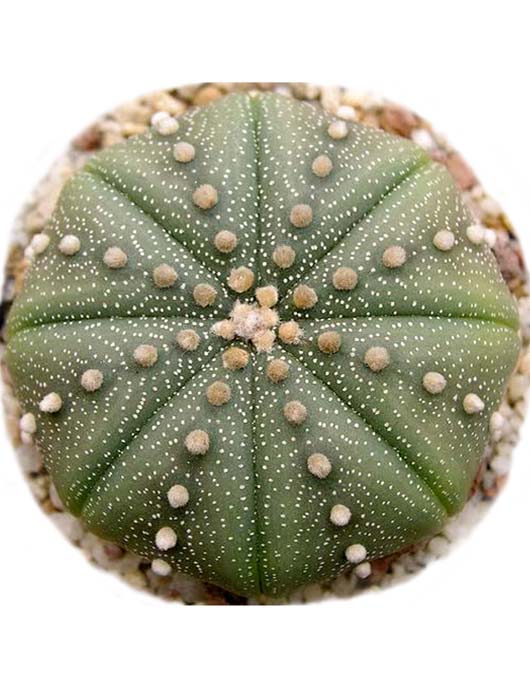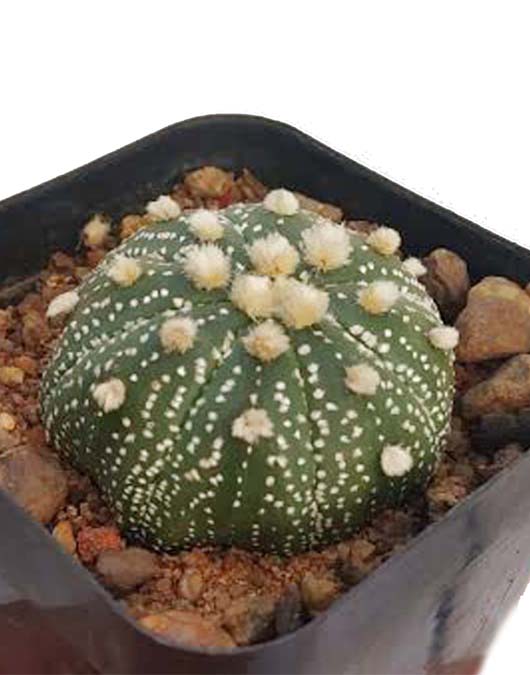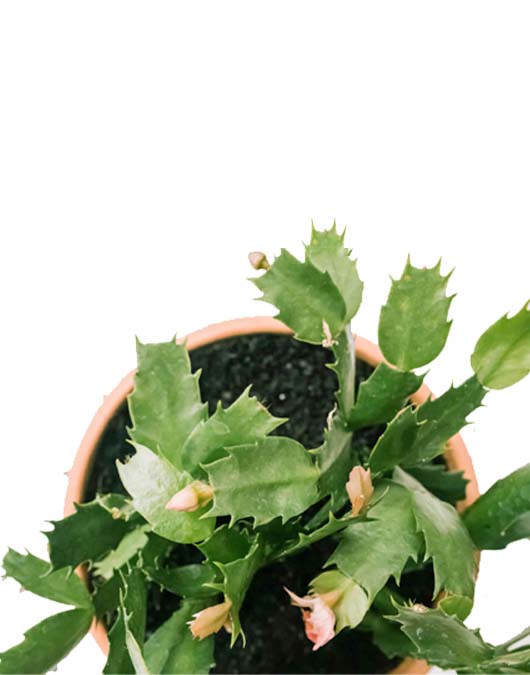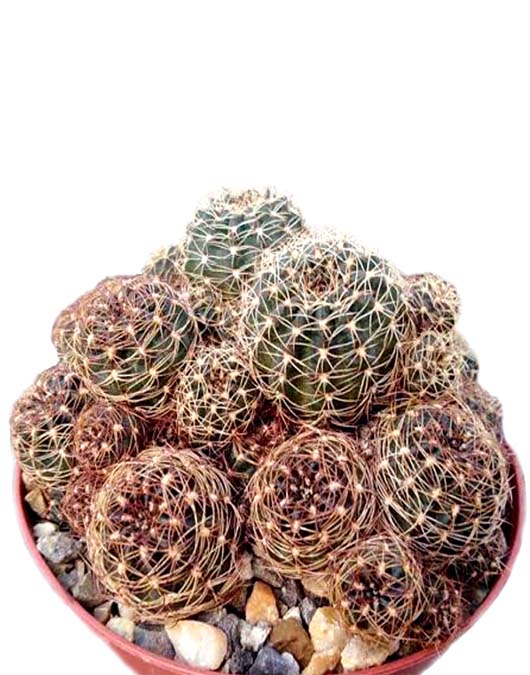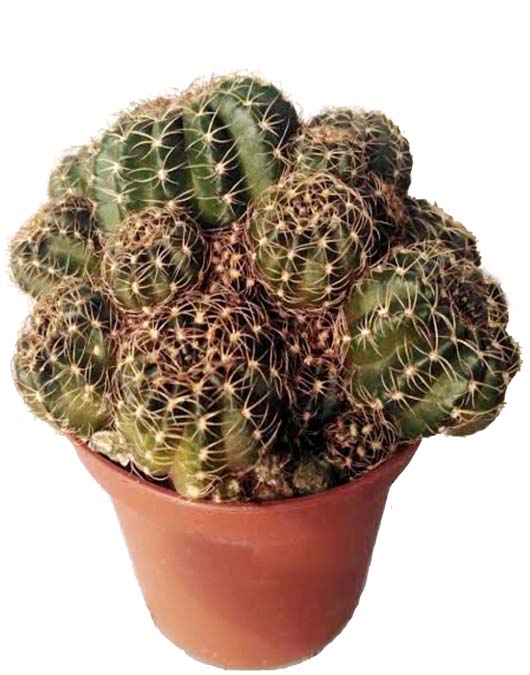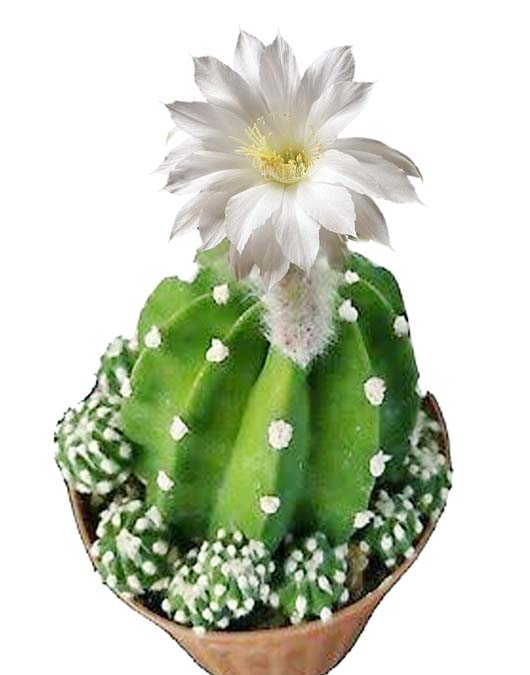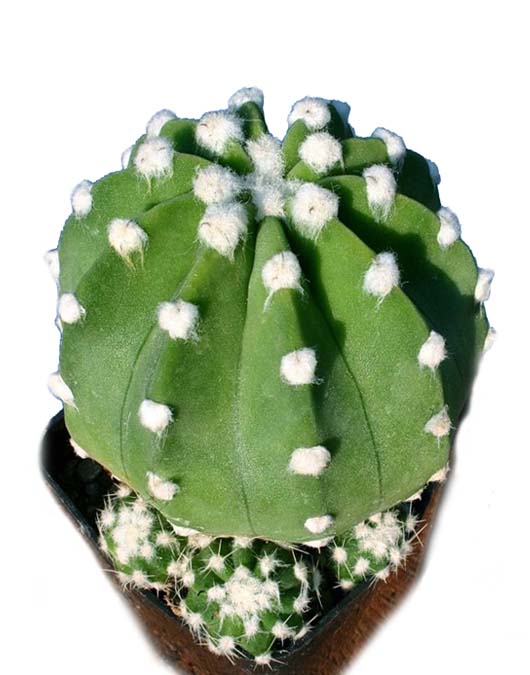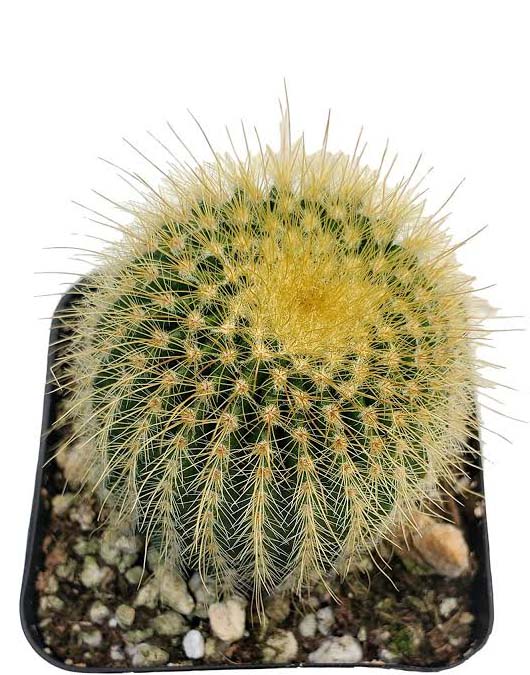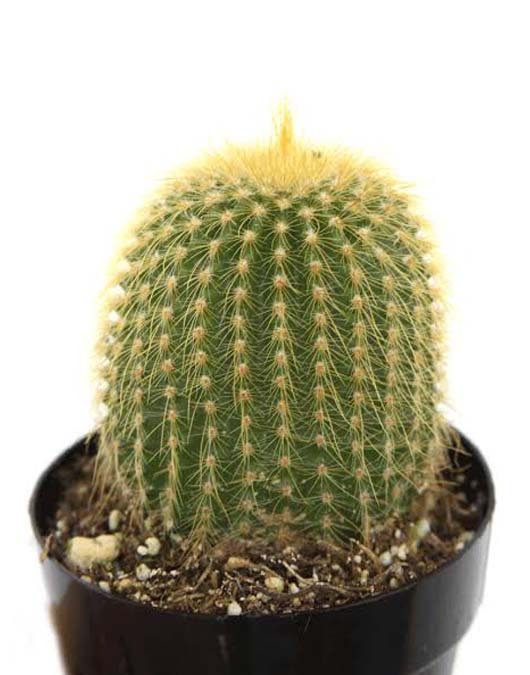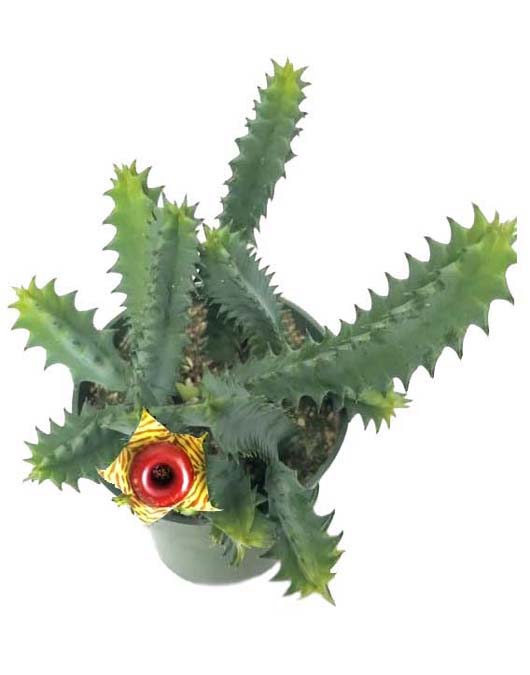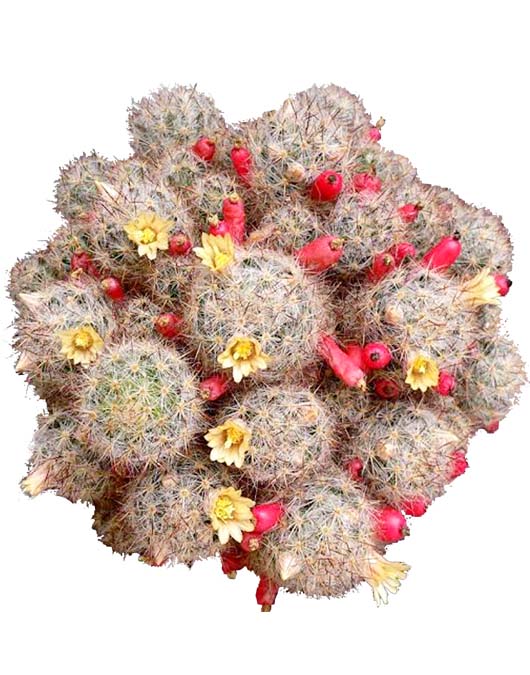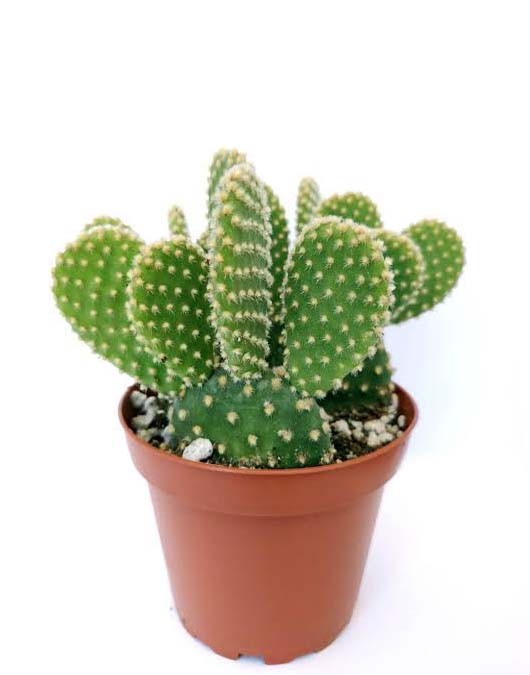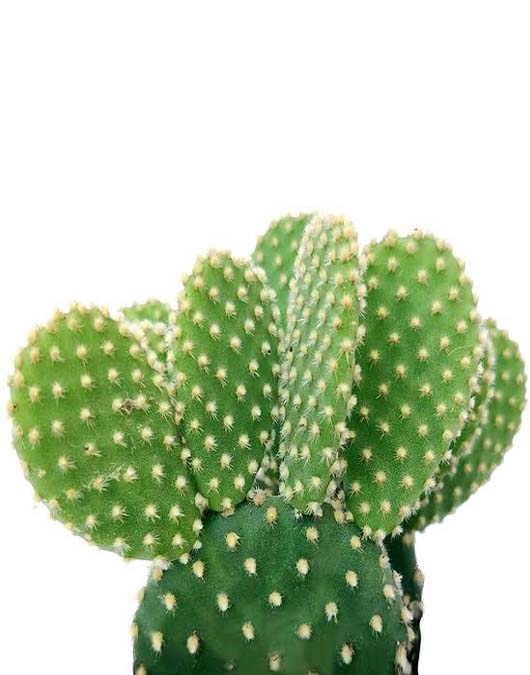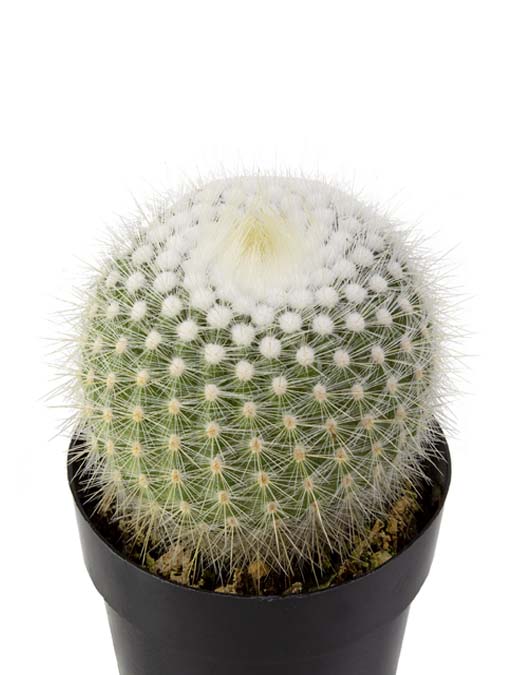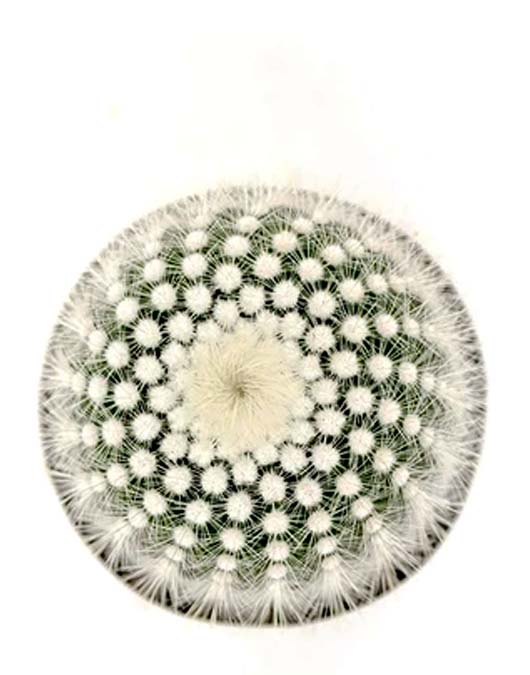- If you are looking to fill your home with festive, indoor plants for the holiday season, Christmas cacti make a great addition to your House Décor. They bloom right in time for Christmas and are stunning to look at when they flower. Set them in an east-facing window and watch their green hanging branches bloom with red, white, yellow, pink or purple flowers. Luckily, these plants are easy to maintain and their blooming period is long-lasting, over the course of a several weeks.
- Christmas cactus may be known under various names (like Thanksgiving cactus or Easter cactus), the scientific name for Christmas cactus, Schlumbergera bridgessii, remains the same – while other plants may differ. This popular, winter-flowering houseplant makes a great addition to nearly any indoor setting. Christmas cactus is not only easy to care for but propagates easily too,
- The Christmas cactus is a very popular houseplant—and for good reason! When they bloom, they produce colorful, tubular flowers in pink or lilac colors. Their beautiful flowers, long bloom time, and easy care requirements make them a wonderful plant. We’ll bet someone in your family has a Christmas cactus!
- Plant Will Be Given With Free Plastic Pot.
- Lobivia arachnacantha (Echinopsis ancistrophora subs. arachnacantha) is an example of one of the smaller clustering species that were once in the genus lobivia, this free-flowering plant clusters freely and will form large clumps in time.
- Water: Needs only moderate watering when established.
- Keep in direct sun, water in morning, and water only when soil is fully dry
- Plant Will Be Given With Free Plastic Pot
- Echinopsis subdenudata is a species of cactus. It has a globular shape, few spines, with large, white flowers attached to long, green tubes.
- Echinopsis subdenudata, or more commonly referred to as the Domino cactus, the Night Blooming Hedgehog, or the Easter Lily Cactus, is part of the Cactaceae family and has a stoutly spherical shape with small white dots – which also give it its name.
- The Domino cactus is perfect for those that are afraid of getting pricked, as it is almost spineless, their short cream spines forming the rather fuzzy-looking dots and making them easy to handle in case you’d like to repot or propagate them.
- Domino cacti prefer to have direct sunlight or half-shade in the summer and regular watering – however, you should be careful not to overwater them by letting the soil dry between watering sessions.
- This low-fuss cactus is perfect for beginners as it requires minimal maintenance and is easy to multiply.
- Its flowers will bloom during the night and will start to wither the next day.
- Plant Will Be Given With Plastic Pot
- Parodia leninghausii is also called Golden Ball, Lemon Ball, or Yellow Tower. It’s covered with harmless thin yellow spines.
- The young cactus starts out globular, but grow taller to form a column up to 3 feet when mature. It produces offsets around the base.
- Mature plants grow large yellow flowers around the top of the plant.
- Lifesaver Plant (Huernia zebrina): This unique centerpiece plant is known for its other-worldly blooms
- The flowers are striped bright yellow and red with a thick rubbery ring in the center, which have earned it the nickname ‘Lifesaver Plant’.
- Water needs only moderate watering when established Keep in direct sun, water in morning, and water only when soil is fully dry
- Plant will be given With Free Plastic Pot
- Mammillaria Prolifera is a low-growing cactus that forms a clump of dark green, globose or cylindrical stems.
- Mammillaria Prolifera is commonly known as the ‘Texas Nipple Cactus’.
- Prolifera’ has cream to pinkish yellow flowers & yellow spines.
- Plant Will Be Given With Free Plastic Pot
- Opuntia microdasys is a species of flowering plant in the cactus family Cactaceae, native and endemic to central and northern Mexico.
- This plant has the appearance of a shrub, and spreads out to cover between 2-5 feet of ground as a mature plant. Named for its visual appearance, the Bunny Ear Cactus, also called the Polka-Dot Cactus.
- This cacti has no central stem or leaves. The individual segments which constitute the cactus body are oval shaped pads from which additional segments form. These new segments always grow in pairs, giving new growth areas the appearance of bunny ears. Newest segments grow in as a red color, and mature to dark green as they grow. Flowers will always sprout from the terminal ends of segment pads.
- Plant Will Be Given With Free Plastic Pot
- Parodia scopa is a cactus with ball-shaped or short cylindrical stems with a spiny woolly crown and pale yellow flowers that appear in summer.
- The “Silver Ball” is native to South America (Argentina, Bolivia, Peru, Brazil, Columbia, and Uruguay), and part of the genus notocactus. Like many of the hardy succulents native to South America and the Southwest, these plants are best suited for dry, arid environments.
- These plants can live for many years, but they may not grow very large. They tend to grow in a ball or barrel-shaped and produce brush-like spines.
- With most ball type cactus species, the flowers are a bright yellow or yellowish-orange. They don’t produce a fragrance.

